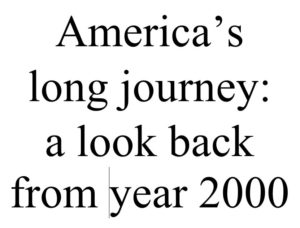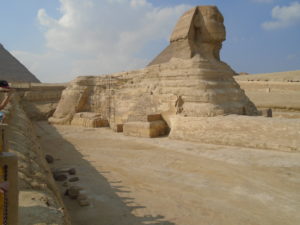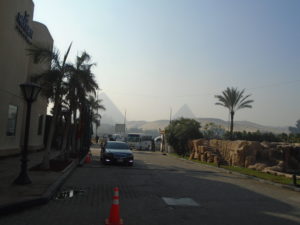
It’s one thing to declare independence, but another thing altogether to attain it. The English colonies had sheltered under the mother country’s wing for more than a century and a half. Their entire way of life, from language to religion to cultural heritage, proclaimed them Englishmen. Their economy was tied to the British empire in accordance with the mercantilist economics of the day. Their ships in foreign waters enjoyed the explicit and implicit protection of the world’s most powerful navy. They might be only subsidiary parts of a vast empire, but they were part of it. What would they be, on their own?
Franklin famously said that they would all have to hang together, or they would hang separately. But – could they hang together? The 13 colonies were of three types, as we shall see, with different economic interests, different thoughts on how the ideal society would be structured, and different religious outlooks. (And religion in their day, it must be remembered, still had the explosive power that ideology would have in the twentieth century.) Could they learn to understand each other and find ways to live together?
Beyond that, perhaps as many as a third of the population of the colonies (and perhaps less) actively sought separation from England; certainly a third, and perhaps more, sought to maintain the age-old association with the mother country. And another third – perhaps as much as half, if we knew their private thoughts – just wanted to live their lives in peace, not expecting to have any say in government and not much caring who governed provided that the colonies were protected from Indian raids, domestic disorder, and foreign aggression (which, with the elimination of France from the North American continent, no longer seemed much of a threat). Had the colonies been overwhelmingly in favor of independence, or of continued allegiance to the British crown and empire, there would have been no war. But as it was, each side saw itself surviving in the midst of domestic enemies. America was fortunate indeed that the persecution of Tories or patriots by their opponents was not more vicious and widespread than it was.
Nonetheless, after July 4, 1776, there was no turning back. Washington, Adams, Hancock, etc. were going to become founding fathers or they were going to go down in history as traitors, perhaps having their possessions confiscated, perhaps dying on the gallows or before a firing squad. (For instance, John Adams later learned that he was one of those explicitly named as being excluded from any amnesty that might be granted.)
The military campaigns between the declaration of independence and the Battle of Saratoga are soon described, or rather, easily glossed over. They center on the middle colonies, because British attempts in the South went nowhere, and they had tacitly given up on New England for the moment, other than occupying Newport, Rhode Island, as we shall see.
What war there was took place in the middle colonies. Washington, still learning his trade, almost lost his army before the summer was over. Seeing a British landing on Staten Island and desiring to prevent a British occupation of New York City, he set up defenses along the harbor shores – partly on Long Island, partly on Manhattan. This, against an enemy with command of the sea and a long naval tradition of amphibious assaults.
Late in August, the British under Lord Howe landed 22,000 men on Long Island, and decisively defeated the Americans, taking more than 1,000 prisoners in what would turn out to be the largest battle of the war. Washington was driven back to Brooklyn Heights, and if Howe had assaulted the position, all would have been lost. Instead, Howe began a formal siege – to spare the lives of his men, he said; others suspected that as a Whig he hated the idea of fighting Americans, and hoped for a soft peace. Whatever his motives, he let Washington out of the bag. He got his men and material across the East River to fight again another day.
Howe was slow in pursuing, as he was slow in all things. (“William Howe, Lord When.”) Instead, he called a peace conference, which proved abortive since the terms the two sides were authorized to accept were incompatible.. When Howe did attack, he took New York City without trouble.
Again, no reason to go into it in detail. Howe had two more chances to destroy Washington’s army; missed them both. As the Americans retreated across New Jersey, Howe sent General Clinton and 6,000 men to seize Newport as a base for the British fleet. Clinton thought this was a mistake, and it is hard to disagree with his argument that those men and those ships, brought down to and around Cape May, and up the Delaware River, could have severely damaged, maybe destroyed Washington’s retreating army. But, orders were orders. Clinton took his men to Newport, captured it easily, and might as well have been on the moon as far as interfering with Washington’s army was concerned.
You know what happened next. Washington got across the river safely, with fewer than 5,000 men. Turned right around on Christmas Day, crossed the river, won two quick victories at Trenton and Princeton, and somehow Howe let him have most of New Jersey, with the Continentals wintering in Morristown.
And by then it was 1777, and the British had big plans involving Howe going up the Hudson River, Burgoyne coming down from Canada, and the two meeting triumphantly half way, splitting New England off from the other nine colonies. We know how that worked out. Saratoga brought the French alliance, and the Americans were no longer fighting on their own.




